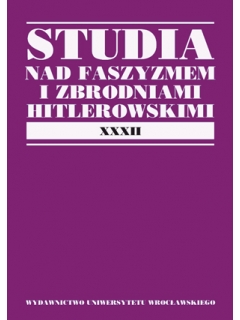

Artykuły

EVOLUTION OF THE RUSSIAN CONSTITUTIONALISM DOCTRINE 1918–1991
The paper presents basic assumptions of the constitutions of the Union of Soviet Socialist Republics, adopted during the existence of this state in the years 1917–1991. On the basis of fundamental ideas of the constitutions the author draws a picture of the so-called Soviet constitutionalism under volatile conditions arising from the pure revolutionary declared state to more classical form of political and legal system presented in the constitutional shape. The article concerns specific features of the Soviet constitutionalism, distinguishing it from regular constitutional models. To a lesser extent the paper concerns the difference between theory and practice of the “first state of workers and peasants” and the first “utopia in power”, as the Soviet state was described by the scholars of the field. In particular, the author emphasized evolution of legal nihilism, utopism, or a rule of exclusion of rights of certain citizens’ cathegories, imposed in the first Soviet constitution, and abolished, de iure, in 1936. On the other hand, however, the paper stressed the continuity of such issues as specific structure of the power of state, the common necessity of labour, or the legal possibility of dismissing the „parliamentary” representatives at any time. Also, the author underlines the question that, apart from the needs and the concept of the totality of power, the so-called Soviet constitutionalism was not able to create a new system of performance the power, and after collapse of the USSR, from the constitutional perspective it was rejected by enacting the new constitution, what happened in the former Soviet Union and in the countries of a similar political order.